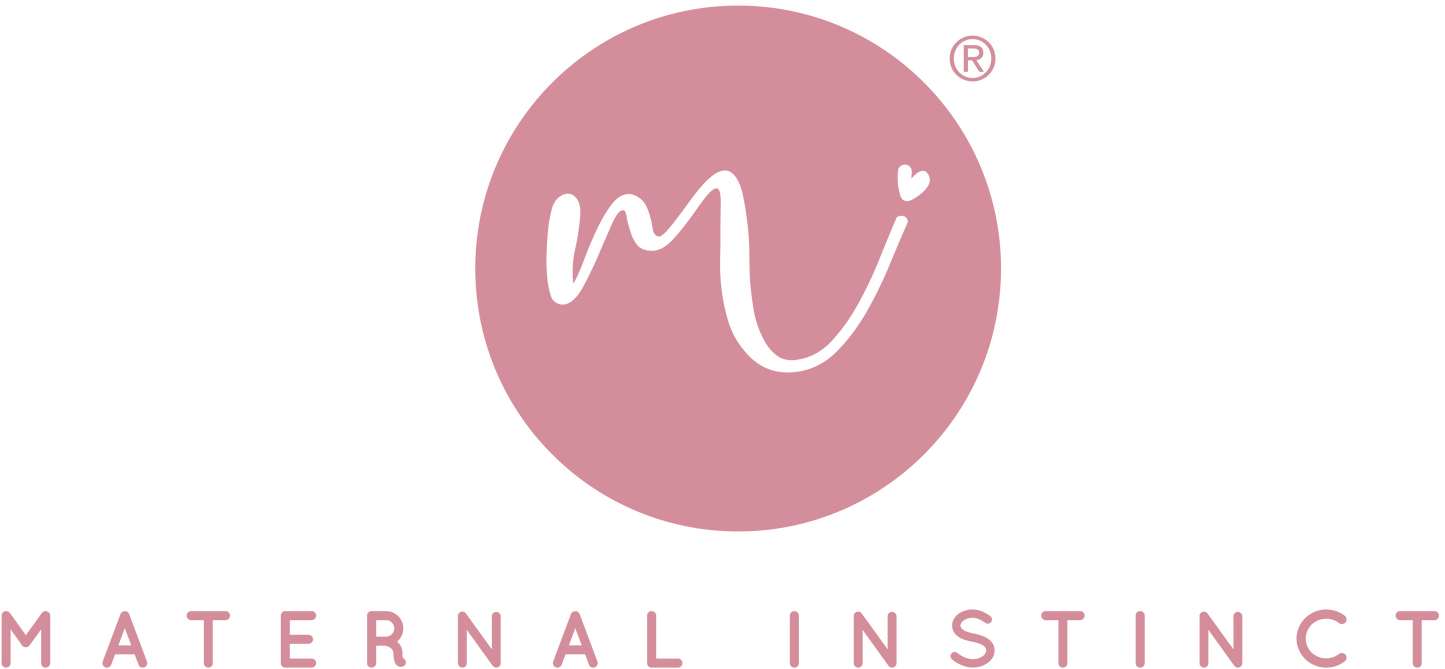Shield Information
The lightweight shield is carefully designed with large holes on each side to ensure minimum contact with the sensitive and delicate skin around the baby’s mouth, which means less chance of moisture build-up from saliva that can cause rashes and sore spots.
Because the nipple is not symmetrical the pacifier must be placed the right way in the baby’s mouth. To ensure this, the shield has been specially designed to resemble a butterfly, so it is easy to see which way the pacifier should turn.
The shield comes in two different sizes that match the nipple size. The bigger the nipple – the bigger the shield.
The shield is made of 100% safe food-grade PP.
Size
Available in sizes 1 and 2 in both natural rubber latex and silicone.
It is important to inform you that our different sizes are only a guide for you to follow. Our experience is that the following sizes are the general and therefore also our common recommendation.
Size 1: 0+ months
Size 2: 6+ months
Safety & Standard
Complies with the European Standard EN 1400+A2.
Clean
Part of good pacifier hygiene is frequent cleaning of the pacifiers. The younger the child, the more important it is to protect it from bacteria and maintain good pacifier hygiene.
There are different methods of sterilizing pacifiers. Below we will go through all of them:
Before first use
Remember to sterilize the pacifiers when you take them out of the packaging! This is done by putting the pacifiers in plenty of boiling water for 5 minutes. This applies to both latex and silicone pacifiers.
Natural rubber latex can smear off to the shield in rare cases, so it is important to sterilize in plenty of water and we recommend sterilizing latex pacifiers separately. This only applies before first use.
Sterilization by scolding
This is the method we recommend for cleaning both latex and silicone pacifiers subsequently:
Put the pacifiers in a clean bowl. Pour boiling water over the pacifiers.
Let the pacifiers soak for approx. 5 min.
Pick them up and let them dry on a clean towel.
This method is gentle, but still gets rid of bacteria without compromising the durability of the pacifier. We only recommend boiling the pacifiers before the first use – not subsequent cleaning. Pacifiers are not meant to be boiled repeatedly and can be destroyed by continual exposure to high heat.
Sterilization by microwave sterilization
Be aware that latex will break down if the temperature exceeds 100°C / 212°F. Therefore, we do not recommend microwave sterilization of natural rubber latex.
Sterilization by electric steam sterilizing devices
Be aware that latex will break down if the temperature exceeds 100°C / 212°F. Therefore, we do not recommend using steam sterilizer devices for natural rubber latex pacifiers.
Sterilization by UV sterilizing devices
We do not recommend using UV sterilizing devices for either natural rubber latex or silicone pacifiers.
Natural rubber latex is a natural material that undergoes a natural aging process, that can be influenced by external forces such as UV light. Therefore, never use a UV sterilizer for our latex pacifiers as it will damage the material. Also never leave natural rubber latex in direct sunlight.
Further, UV light only kills germs if it directly shines on the product surface containing bacteria, unlike steam which is a gas and can easily spread across the entire surface of a pacifier regardless of shape. Therefore, we do not recommend using a UV sterilizer for any of our pacifiers.
Sterilization by using sterilizing solutions
We do not recommend using the sterilizing solution for either natural rubber latex or silicone pacifiers, as the solution can damage the material if the pacifier is left in for longer than recommended.
Sterilization by dishwasher cleaning
We do not recommend cleaning either latex or silicone pacifiers in a dishwasher. The cleaning agents can damage the material (both latex and silicone) and it can become brittle. Furthermore, most dishwashers do not reach temperatures high enough to sufficiently sterilize the pacifiers.
If you experience water in the nipple
After cleaning it is not unusual that water remains in the nipple. This is because all our pacifier nipples are equipped with a valve, letting out air when the baby closes down on the nipple. This ventilation system causes the air from inside the nipple to be pushed out through the valve thereby flattening the nipple to shape naturally after the baby’s oral cavity. The valve is also the reason why water can be present inside the nipple after cleaning and sterilization. If this is the case, simply just squeeze the nipple flat to press out the excess water. If water drops remain in the nipple, just let the pacifier air-dry.
How often should I clean the pacifiers?
Part of good pacifier hygiene is frequent cleaning of the pacifiers. The younger the child, the more important it is to protect it from bacteria and maintain good pacifier hygiene. This is mainly because small children’s immune system has not yet managed to get acquainted with all the different bacteria, and therefore it will not have learned to “defend” against them yet.
You should sterilize your baby’s pacifiers regularly, but don’t overdo it. Sterilization can be harsh on pacifiers, depending on the method Our general recommendation is to scald the pacifiers once a day.
